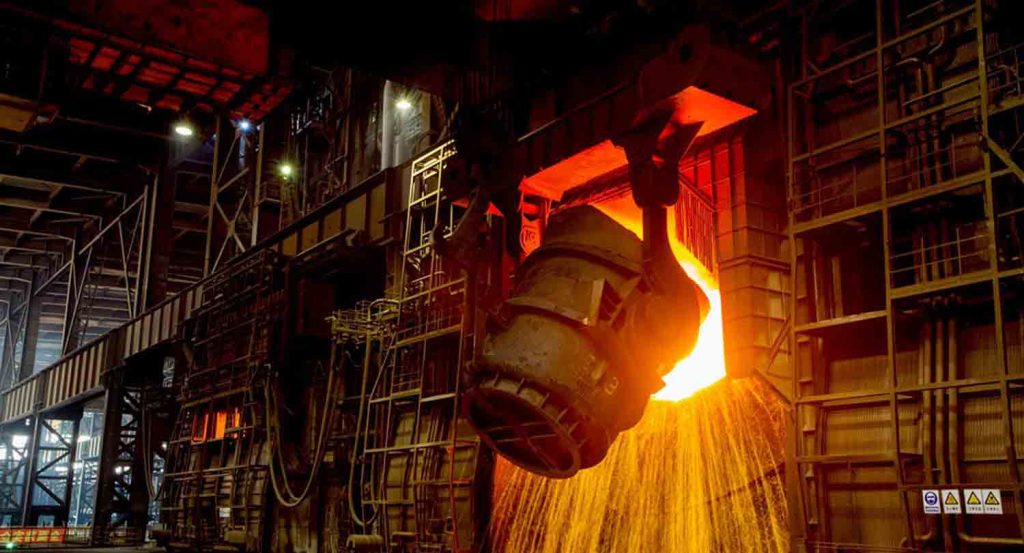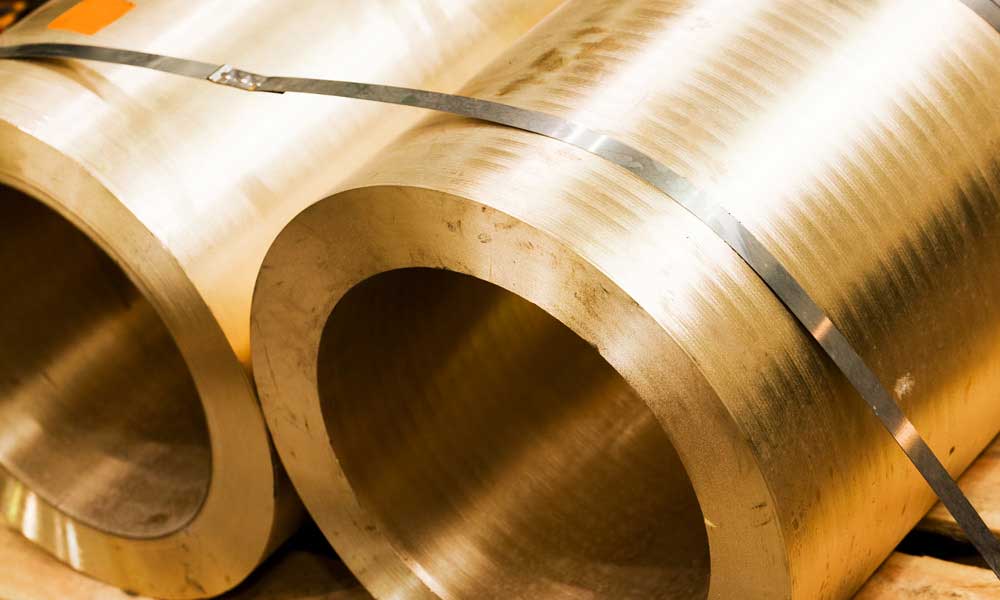Magnesia alumina spinel brick (with magnesia-alumina spinel MgAl2O4 as the main crystal phase) is a high performance composite refractory material. Compared with traditional high alumina bricks (mainly corundum α-Al2O3) and magnesia bricks (mainly periclase MgO), it has more balanced performance and wider applicability, especially performing better in complex high temperature environments.
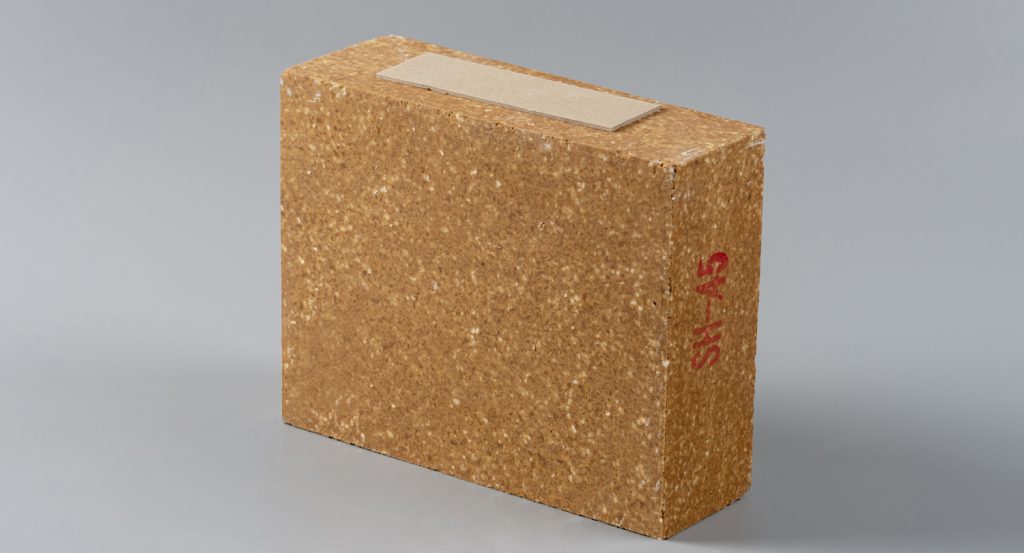
Better thermal shock resistance
Thermal shock stability (the ability to resist sudden temperature changes without breaking) is a key indicator of refractory materials for high temperature kilns. Magnesium aluminum spinel bricks are significantly superior to high aluminum bricks and magnesia bricks in this performance:
- Magnesia bricks: The linear expansion coefficient of the periclase crystal phase is high (approximately 13×10–⁶/°C), and internal stress is easily generated due to crystal form changes at high temperatures, resulting in poor thermal shock resistance.
- High alumina bricks: The linear expansion coefficient of the corundum crystal phase is moderate (approximately 8×10–⁶/°C), and thermal shock resistance is better than that of magnesia bricks. However, as the Al2O3 content increases (such as in special grade high alumina bricks), brittleness increases, and thermal shock resistance decreases.
- Magnesia alumina spinel bricks: The linear expansion coefficient of the spinel crystal phase is low (approximately 7.6×10–⁶/°C), and the micropores and cracks in the crystal structure provide a buffering mechanism that effectively releases stress generated by sudden temperature changes, significantly improving thermal shock resistance. These bricks are particularly suitable for applications with large temperature fluctuations (such as steelmaking converters and cement kiln transition zones).
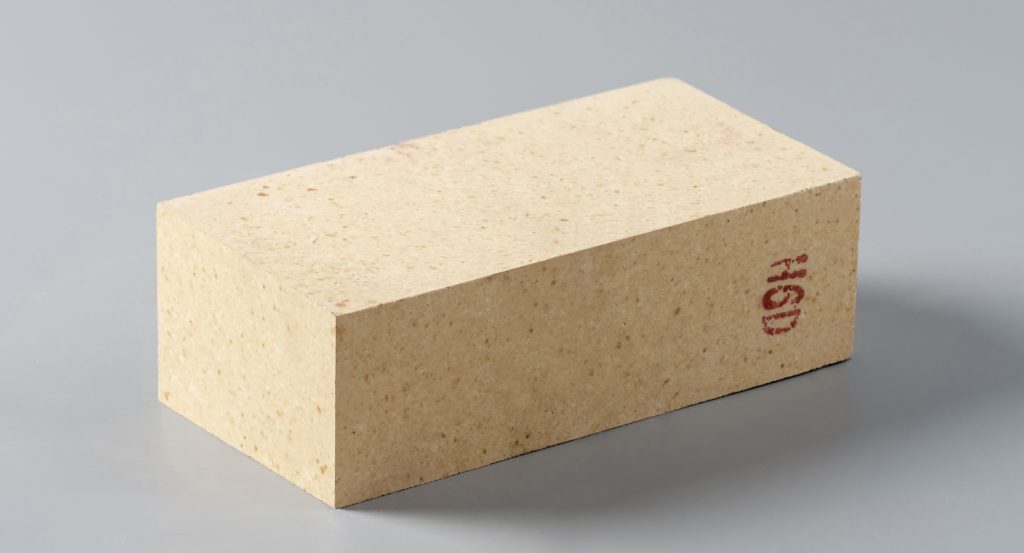
More comprehensive resistance to slag erosion
In high temperature industries, refractory materials are often subject to erosion by molten slag (acidic, alkaline or neutral). Magnesia alumina spinel bricks have “versatility” in their erosion resistance:
- Magnesia bricks: They are highly resistant to alkaline slag (such as the CaO MgO slag from steelmaking furnaces), but are easily corroded by acidic slag (such as slag with a high SiO2 content), forming a low melting point magnesia silicate phase (such as 2MgO・SiO2, melting point 1890°C), which can cause the material to spall.
- High alumina bricks: They are relatively resistant to acidic slag, but are prone to reactions in alkaline slag (such as Al2O3 reacting with CaO to form low melting point calcium aluminate), resulting in a loose structure.
- Magnesia alumina spinel bricks: The spinel crystal phase (MgAl2O4) reacts slowly with SiO2 in acidic slag and CaO in alkaline slag, and the generated products (such as magnesia alumina silicate and magnesia aluminate) have a high melting point (>1700℃) and are not easy to form low melting products. At the same time, spinel has a strong “solid solubility” for oxidizing components such as FeO and MnO, which can reduce the penetration of slag into the brick body and is suitable for mixed slag environments (such as cement kiln firing zones and waste incinerators).
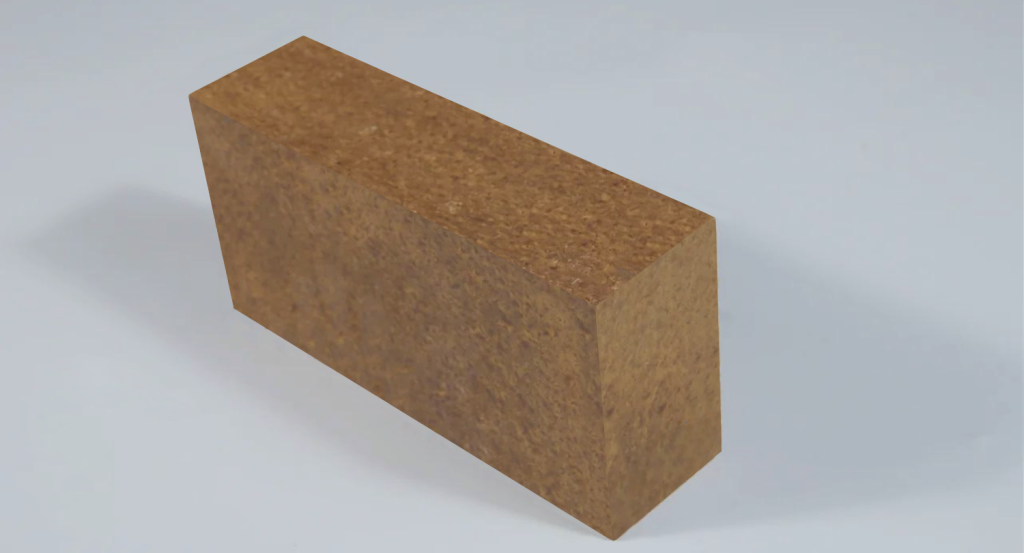
Better high temperature strength and volume stability
The structural stability and mechanical strength at high temperatures directly affect the service life of refractory materials:
- Magnesia bricks: Strength decreases at high temperatures due to periclase grain growth. They also readily hydrate after absorbing water (forming Mg(OH)2), causing volume expansion and brick pulverization. Storage and use require strict moisture protection.
- High alumina bricks: The glass phase (binder phase) softens at high temperatures, resulting in reduced strength. The higher the Al2O3 content, the more brittle the material and the lower its impact resistance.
- Magnesia alumina spinel bricks: The spinel crystal phase maintains stable high temperature strength (maintaining high strength at 2000°C). The spinel forms a “composite structure” with other crystal phases, such as periclase and corundum, in the brick, inhibiting excessive grain growth. Furthermore, spinel has a low hydration sensitivity (much lower than periclase), resulting in excellent volume stability and easier storage and construction.

Wider adaptability and longer service life
The comprehensive properties of magnesia alumina spinel bricks enable them to adapt to more complex working conditions and make up for the application limitations of high alumina bricks and magnesia bricks:
- In cement kilns, spinel bricks can be used in transition and firing zones, extending their service life by 30%-50%, compared to magnesia bricks (which have poor thermal shock resistance) and high alumina bricks (which have weak alkali slag resistance).
- In steelmaking converters, spinel bricks can reduce lining spalling and increase furnace life compared to magnesia bricks (which are easily corroded by acidic slag).
- In aluminum electrolytic cells, spinel bricks offer greater resistance to fluoride corrosion than high alumina bricks (which are easily corroded by electrolytes), reducing the risk of cell leakage.
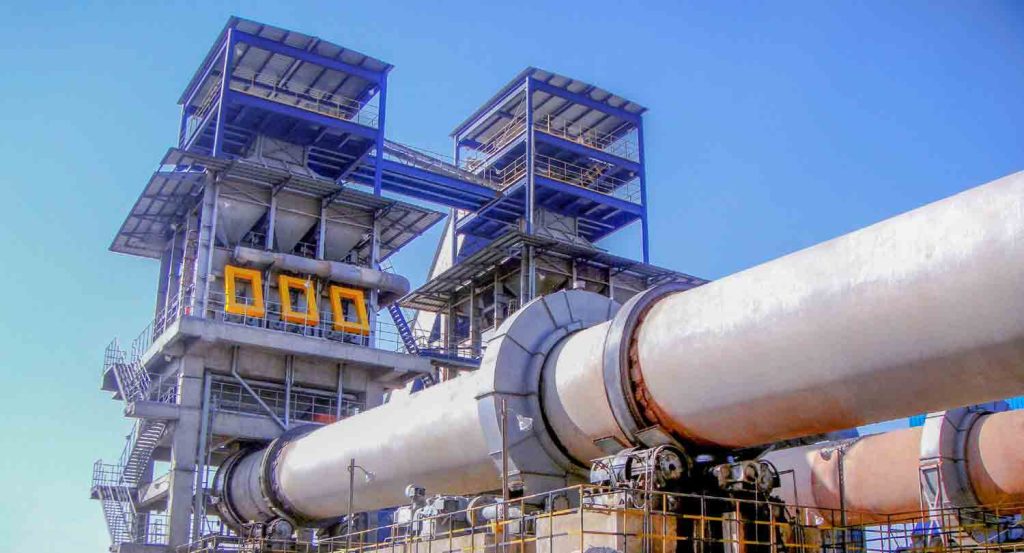
The core advantage of magnesia alumina spinel bricks lies in their balance: they overcome the shortcomings of magnesia bricks, such as poor thermal shock resistance and hydration, while also addressing the weak alkaline slag corrosion resistance and insufficient high temperature strength of high alumina bricks. They also offer comprehensive slag resistance and structural stability.
Therefore, in industrial kiln furnaces with high temperatures, high slag content, and large temperature fluctuations, magnesia alumina spinel bricks have become the preferred alternative to traditional high alumina and magnesia bricks, offering significant economic benefits in energy conservation, emission reduction, and equipment life extension.
